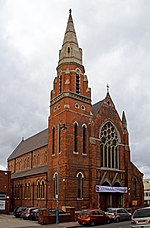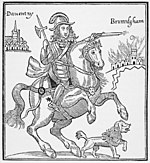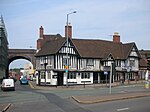Highgate Park

Highgate Park is a public park in Highgate, Birmingham, England. Highgate Park stands on land that was originally owned by Elizabeth Hollier, who used it for grazing. When Elizabeth died her will stated that the land was to be used for charity. The four fields were to be rented out, and twelve poor people of Aston Parish and twelve poor people of Birmingham Parish were to be clothed with the money each year. In 1875, the Trustees of Elizabeth Hollier's Charity wanted to develop the land for industry, but Birmingham Corporation bought it for a park. The part of the park near Alcester Street was later asphalted to serve as a playground. Highgate Park was also home to Birmingham's King Edward VII Memorial, but that was moved to the city centre in 2011. Alongside the park, is the 'Paragon Hotel'. This was originally a Rowton House for single working men. It is now attracting business people attending the many conventions in Birmingham and tourists visiting the city.
Excerpt from the Wikipedia article Highgate Park (License: CC BY-SA 3.0, Authors, Images).Highgate Park
Salop Street, Birmingham Digbeth
Geographical coordinates (GPS) Address Nearby Places Show on map
Geographical coordinates (GPS)
| Latitude | Longitude |
|---|---|
| N 52.46946 ° | E -1.88372 ° |
Address
Salop Street
B12 0TR Birmingham, Digbeth
England, United Kingdom
Open on Google Maps









